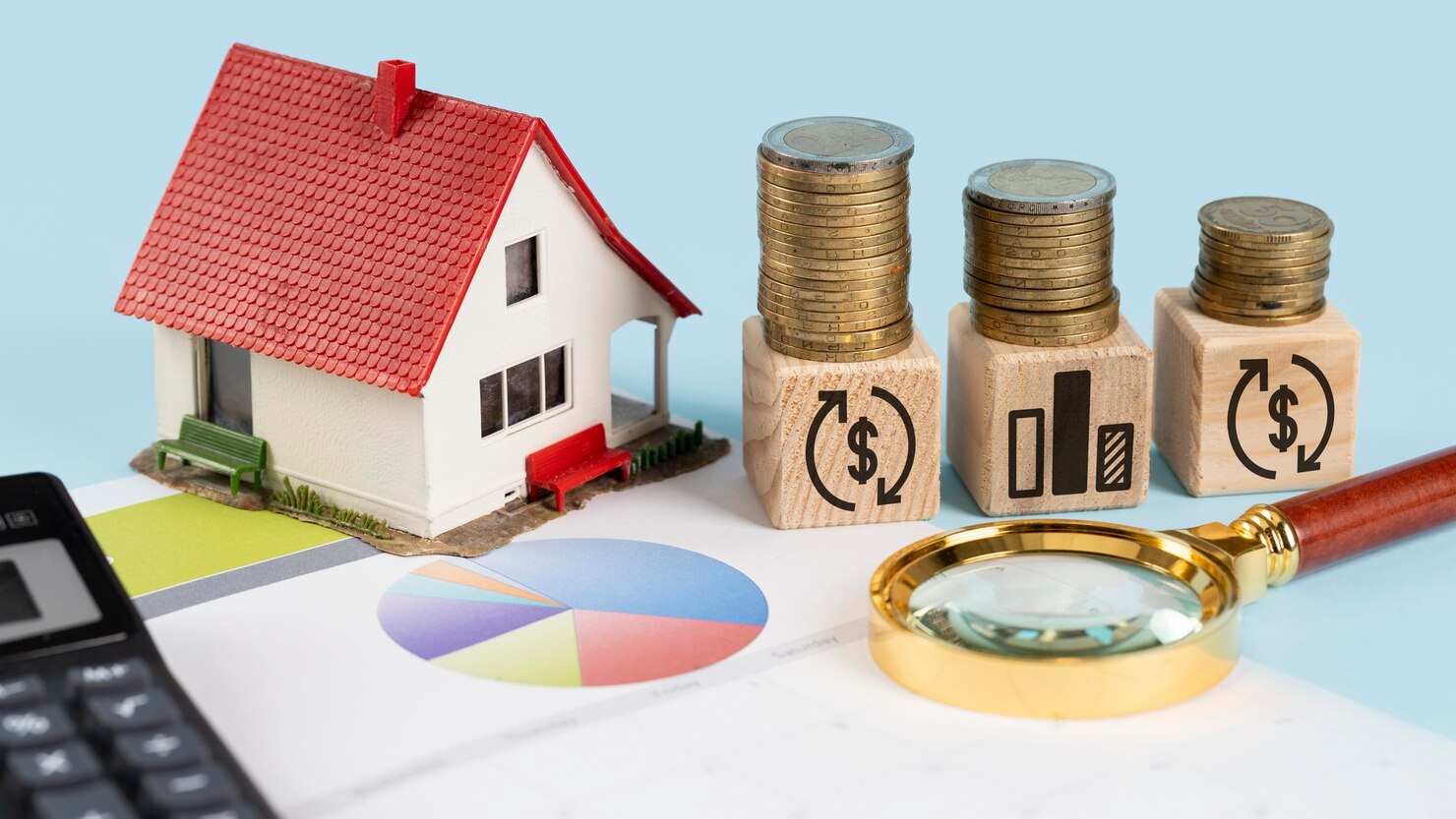How to Secure the Best Mortgage Rate This Year
April 17, 2025

Thinking about buying a new home or refinancing your current mortgage? Getting the best mortgage rate can save you thousands of dollars over the life of your loan. But with fluctuating interest rates and countless lenders competing for your attention, it can be overwhelming to know where to start.
Good news: locking in an excellent rate isn’t rocket science. In this guide, we’ll break down exactly how to secure the best mortgage rate this year — so you can save money and stress less.
Why Your Mortgage Rate Matters More Than Ever
Even a small change in your interest rate can have a big impact on your monthly payment and the total cost of your loan. A lower rate = more money in your pocket for things you actually want to spend it on.
What Factors Impact Your Mortgage Rate?
Several key factors influence the rate you’re offered, including:
-
Credit score
-
Debt-to-income ratio
-
Loan amount and type
-
Down payment size
-
Loan term (15, 20, or 30 years)
-
Current market conditions
Understanding these can help you take control and negotiate better terms.
Tip 1: Improve Your Credit Score First
Your credit score is the biggest factor lenders look at. The higher your score, the lower your rate.
Some quick wins:
-
Pay off outstanding debt
-
Avoid opening new credit lines
-
Correct any errors on your credit report
Tip 2: Shop Around with Multiple Lenders
Don’t settle for the first quote you get! Rates and terms can vary widely between lenders. Compare at least three offers before making a decision. You wouldn’t buy the first car you test drive, right? Same rule applies.
Tip 3: Consider Refinancing if You Already Own a Home
Already have a mortgage but want a better rate? It might be time to refinance! Here’s a complete guide on home refinancing options and how they can save you money.
Tip 4: Make a Bigger Down Payment
The more skin you have in the game, the less risky you seem to lenders.
Pro tip: Putting down 20% or more not only gets you a better rate — it also helps you avoid paying Private Mortgage Insurance (PMI). Curious about what PMI is and whether you need it? Here’s everything about PMI, Private Mortgage Insurance, and if it’s necessary.
Tip 5: Choose the Right Loan Type
Conventional loans often have better rates than FHA or VA loans, but they also have stricter requirements. Make sure you pick the loan type that matches your financial situation and goals.
Tip 6: Shorten Your Loan Term
A 15-year mortgage typically has a lower interest rate than a 30-year loan. While your monthly payments will be higher, you’ll save tens of thousands in interest over the life of the loan.
Tip 7: Lock in Your Rate Strategically
When rates are rising, locking in early can save you money. If rates are falling, it might make sense to float — but that’s a gamble. Work with a lender who can advise you on timing.
Common Mistakes That Cost Borrowers Thousands
-
Focusing only on monthly payments (instead of total loan cost)
-
Ignoring hidden fees
-
Not comparing APR (which includes fees) instead of just interest rate
-
Forgetting about property taxes and insurance costs
Speaking of insurance, make sure you’re covered. Check out this guide on everything you need to know about home and renters insurance.
Should You Use Points to Buy Down Your Rate?
Mortgage points are fees you pay upfront to lower your interest rate. Sometimes it’s worth it — especially if you plan to stay in the home for a long time. But if you’re only planning on sticking around a few years? It might not pay off.
How Home Equity Loans and Reverse Mortgages Play a Role
Thinking about tapping into your home’s value instead? Understanding the difference between home equity loans and reverse mortgages can help you make a smart move without locking into a high-rate mortgage.
Questions to Ask Your Lender
Before signing anything, ask:
-
What’s the APR?
-
Are there prepayment penalties?
-
How much are closing costs?
-
Is the rate fixed or adjustable?
-
What happens if I want to refinance later?
How Economic Trends Impact Mortgage Rates
Mortgage rates often move with the economy. Inflation, the job market, and Federal Reserve actions all play a part. Staying informed can help you time your purchase or refinance to your advantage.
Final Thoughts on Getting the Best Mortgage Rate
It’s not about luck — it’s about preparation. Boost your credit score, shop smart, pick the right loan, and time your move carefully. Follow these strategies and you’ll be celebrating in your new (or refinanced) home with cash to spare.